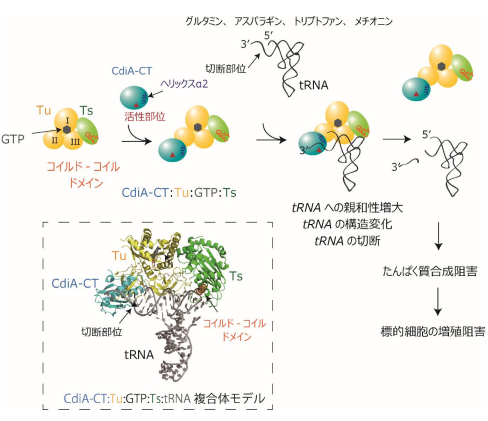過去最大規模の感染症予測プロジェクト「フォーキャストハブ」を実施 Forecast Hub is largest-ever infectious disease prediction project
2022-04-11 マサチューセッツ大学アマースト校
2020年4月初旬から毎週、この国際的な取り組みにより、米国におけるCOVID-19の短期的な動向のマルチモデルアンサンブル予測が作成されています。
・COVID-19の大流行により、公衆衛生機関、学術チーム、産業界のパートナーが協力・連携して、感染症発生時の地方・州・連邦政府の対応を支援する最新のモデリング能力を開発することが極めて重要な役割を果たすことが浮き彫りになりました。
<関連情報>
- https://www.umass.edu/news/article/umass-amherst-ensemble-model-most-accurate-predicting-covid-19-deaths
- https://www.pnas.org/doi/10.1073/pnas.2113561119
米国におけるCOVID-19死亡率の個別およびアンサンブル確率的予測に関する評価 Evaluation of individual and ensemble probabilistic forecasts of COVID-19 mortality in the United States
Estee Y. Cramer, Evan L. Ray, Velma K. Lopez, … and Nicholas G. Reich
Proceedings of the National Academies of Science Published:April 8, 2022
doi.org/10.1073/pnas.2113561119

Abstract
Short-term probabilistic forecasts of the trajectory of the COVID-19 pandemic in the United States have served as a visible and important communication channel between the scientific modeling community and both the general public and decision-makers. Forecasting models provide specific, quantitative, and evaluable predictions that inform short-term decisions such as healthcare staffing needs, school closures, and allocation of medical supplies. Starting in April 2020, the US COVID-19 Forecast Hub (https://covid19forecasthub.org/) collected, disseminated, and synthesized tens of millions of specific predictions from more than 90 different academic, industry, and independent research groups. A multimodel ensemble forecast that combined predictions from dozens of groups every week provided the most consistently accurate probabilistic forecasts of incident deaths due to COVID-19 at the state and national level from April 2020 through October 2021. The performance of 27 individual models that submitted complete forecasts of COVID-19 deaths consistently throughout this year showed high variability in forecast skill across time, geospatial units, and forecast horizons. Two-thirds of the models evaluated showed better accuracy than a naïve baseline model. Forecast accuracy degraded as models made predictions further into the future, with probabilistic error at a 20-wk horizon three to five times larger than when predicting at a 1-wk horizon. This project underscores the role that collaboration and active coordination between governmental public-health agencies, academic modeling teams, and industry partners can play in developing modern modeling capabilities to support local, state, and federal response to outbreaks.


